Earwax Cleaning: Busting 5 Myths
Cotton swabs, paper clips, fingernails, ballpoint pens, toothpicks, tweezers, safety pins, and bobby pins are some of the tools you’ll need. These are some of the items individuals have shoved in their ears in an attempt to remove earwax.
Everyone has their own ideas on how to clean and care for their ears. Some individuals swear by particular procedures, while others are unsure what to do or how to do it securely. So let’s try to discover answers to all of our questions regarding ear cleaning by looking over the facts and debunking all of the misconceptions.
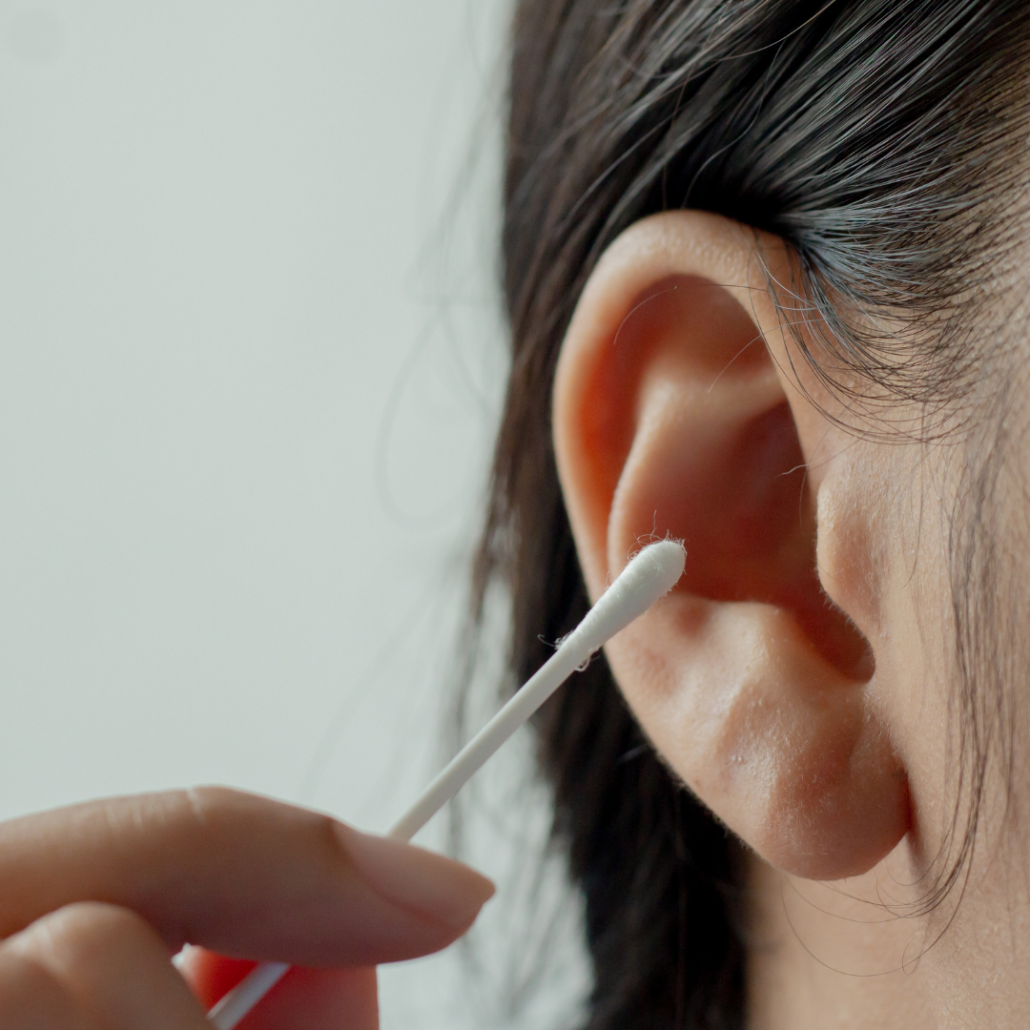
Earwax Myth #1:
Ear wax is similar to ‘dirt’ or ‘gunk,’ which should not be present in the ear.
FACT:
Earwax, also known as cerumen, is composed of dead skin cells and secretions from the ceruminous and sebaceous glands located in the external ear. The amount and kind of earwax produced vary according to ethnicity, age, environment, and even food. It’s there for a reason.
- It is a natural moisturizer that keeps the skin within the ear from drying out.
- Ear wax captures dirt, dust, tiny particles, and insects before they can enter the canal.
- It also protects the inner ear from germs and other pathogenic organisms.
Myth #2:
Earwax is an indication of a filthy ear and reflects filth.
FACT:
The American Academy of Otolaryngology-Head and Neck Surgery states that “cerumen or earwax is healthy in normal amounts and serves as a self-cleaning agent with protective, lubricating, and antibacterial properties.” It is not a symptom of uncleanliness; rather, it is an indication of normal, healthy ears.
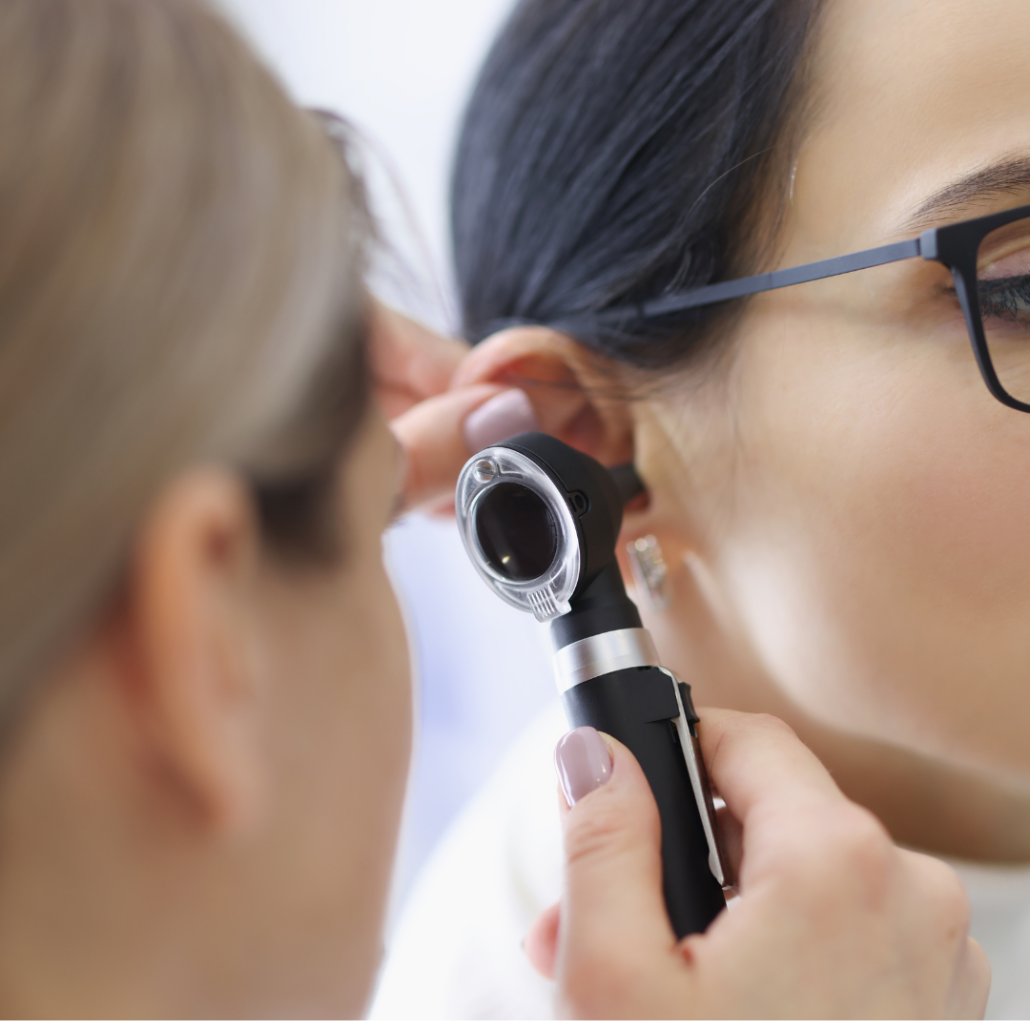
Myth #3:
Ears should be cleansed on a regular basis to remove any wax accumulation.
FACT:
The ear can self-clean for 95% of the population. The skin follicles lining the ear canal act like a conveyor belt, transporting earwax to the front of the ear. It either falls out or is washed away over time. Wiping the outermost area of the ear gently with a large cotton ball or a tissue, being careful not to put anything into the ear canal, should suffice.
Myth #4:
Using Q-tips feels nice since it clears the ears, making hearing easier, and removes that bothersome water that hangs out the ear after a shower.
FACT:
While using Q-tips may appear to make ears cleaner and healthier, it really makes them worse.
- Q-tips cause impaction by pushing earwax further into the ear canal.
- By piercing the eardrum or scraping the skin, it may cause harm and unpleasant ear infections.
- The formation of a vicious itch and scratch cycle is the cause of a Q-tip addiction.
- Because earwax offers lubrication, removing it might merely make ears drier, encouraging you to keep pushing swabs in there in a futile attempt at comfort.
Myth #5:
Wax buildup should be removed with Q-tips, hair pins, safety pins, keys, and so on. Other successful methods include irrigation with chemicals such as hydrogen peroxide and ear candling.
FACT:
None of the procedures suggested above are medically recommended and inflict more harm than good to the ear. Hearing loss, a sense of fullness or obstruction, tinnitus, itching, discomfort, discharge, or odor are all indications of impacted wax and should be treated by a medical practitioner. They will be able to thoroughly examine the ears and identify whether there is wax accumulation or another issue. They will also be able to clean the ears properly and advise on future prevention.
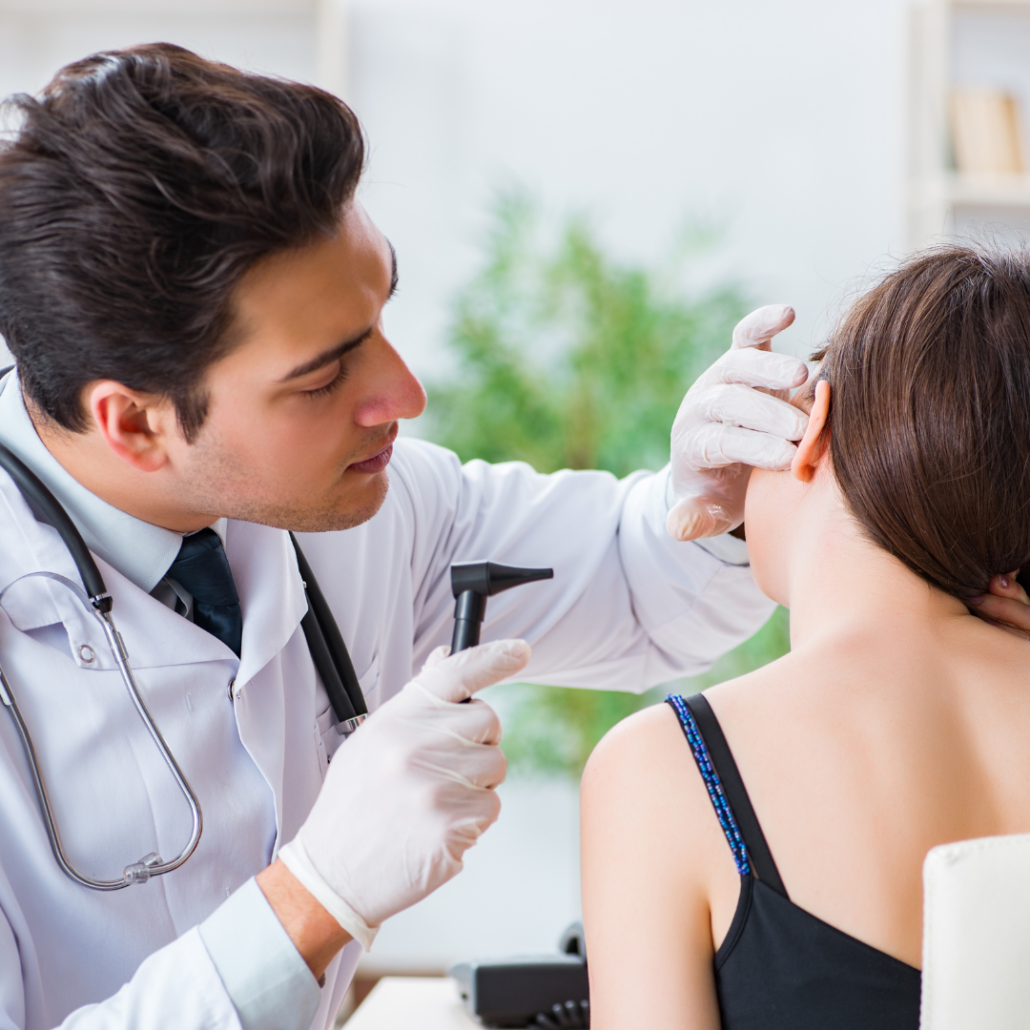
To conclude,
We must recognize that the ear is a fragile organ. Sharp items or cotton swabs can cause injury to the sensitive components of the ear. Enough water enters the ears to cause ear wax to be lost and fall out while we sleep.
If a person inserts cotton swabs into his ear canal, he runs the risk of damaging his eardrums. The resulting harm might be minor or permanent. If you have a lot of wax in your ear, see your doctor.
Consulting a medical specialist like one at Travocure would assist us in avoiding unnecessary injury to the body’s sensitive organs.

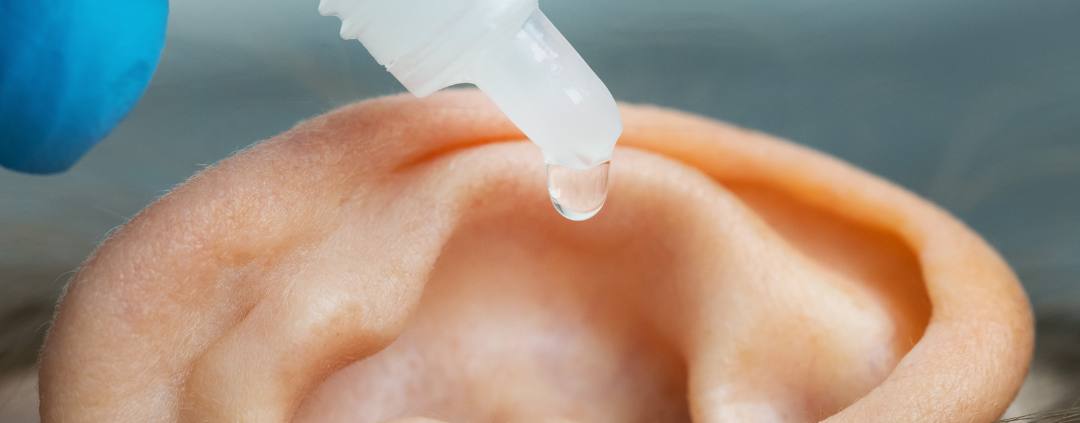





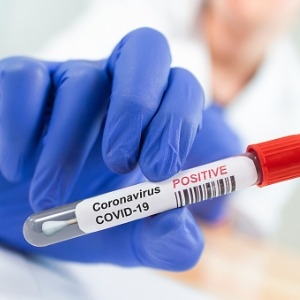








It got me when you said that we need to be treated by a medical practitioner if we have impacted wax, especially if we already experience tinnitus, obstruction, itching, discomfort, discharge, or odor. Honestly, I am experiencing teaching and obstruction at this moment which is why I already think I need an ear wax removal service by a doctor. Hopefully, I find someone who can make me feel comfortable and reduce my anxiety when I have this condition wherein I easily get scared and nervous whenever someone touches the insides of my body.
side effects of cialis
order viagra from canadian pharmacy
canada cialis with dapoxetine
tadalafil 20 mg tablets
cialis paypal bezahlen
how much tadalafil to take
viagra online us
buy viagra pills
tadalafil samples
cialis con alimentos
tadalafil 5mg tab
bactrim urination
metronidazole potency
how lisinopril works
zoloft for panic attacks
furosemide side effects electrolytes
metronidazole flagyl for dogs
side effects from gabapentin
glucophage smell
lasix dosage for water retention
zithromax for oral suspension
cephalexin and breastfeeding
can amoxicillin treat uti
gabapentin 300mg capsules
pronounce escitalopram
is it ok to drink alcohol on ciprofloxacin
cephalexin rash pictures
bactrim and lisinopril
cephalexin with food
does amoxicillin treat a uti
is bactrim a cephalosporin
is gabapentin
citalopram vs escitalopram
depakote for anxiety
citalopram brand name
cost of cozaar 100 mg
o que Г© ddavp
depakote 125 mg
cozaar feet swelling
citalopram vs paxil
ddavp hemodialysis
diclofenac topical gel
augmentin 500 mg
ezetimibe cancerogeno
diltiazem for afib
does flexeril work
flomax hydrocodone
cymbalta vs effexor for energy
contrave weight loss side effects
does aripiprazole get you high
weight gain amitriptyline
allopurinol.
is aspirin an nsaid
baclofen and adderall
bupropion sr 200 mg
celebrex cox 2 inhibitor
augmentin dose sinusitis
how much ashwagandha to take
buspirone rx
celecoxib kidney
side effects celexa
alcohol and semaglutide reddit
generic abilify name
actos idoneos
acarbose kaufen
robaxin and tramadol
repaglinide canada
remeron vs wellbutrin
protonix drip